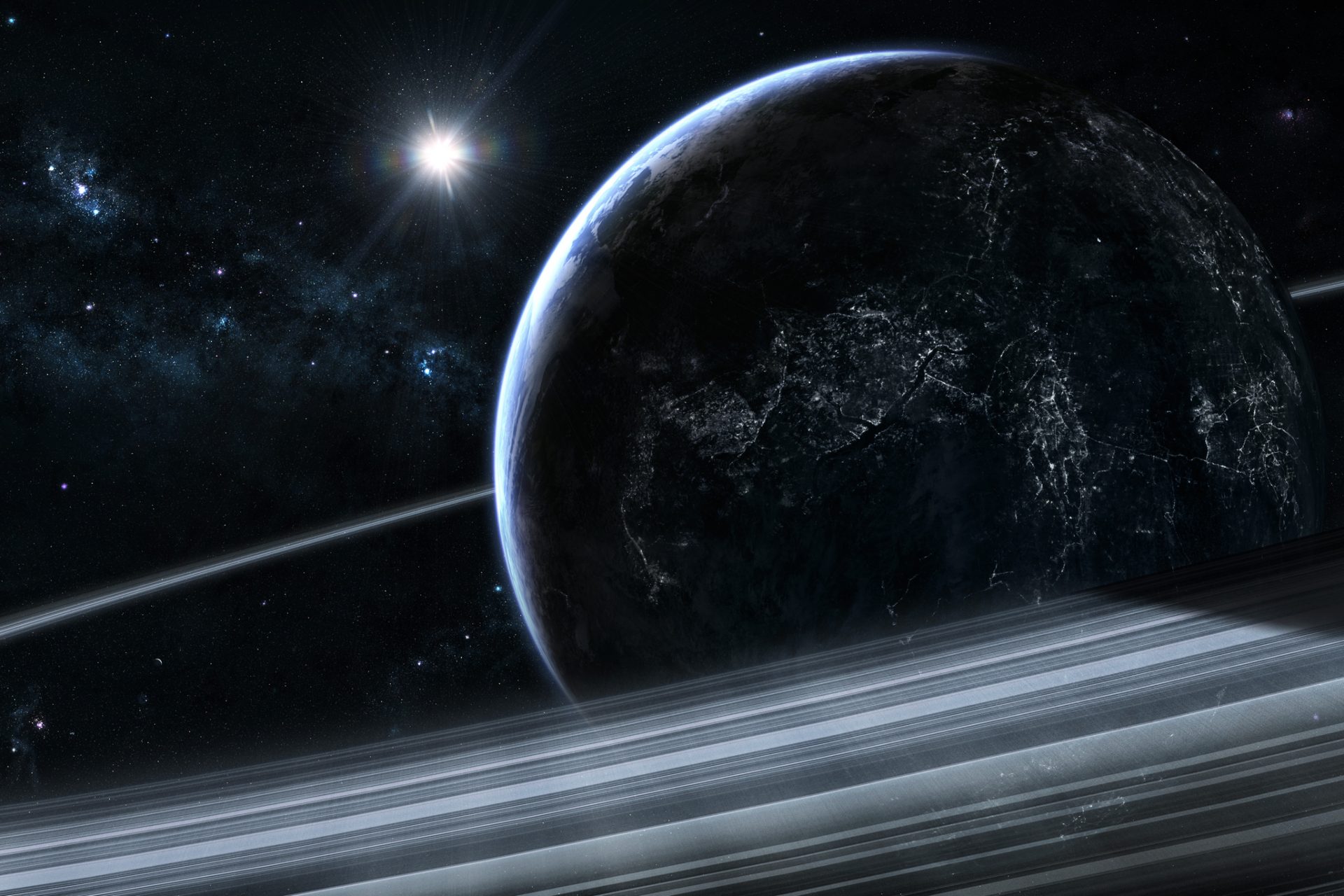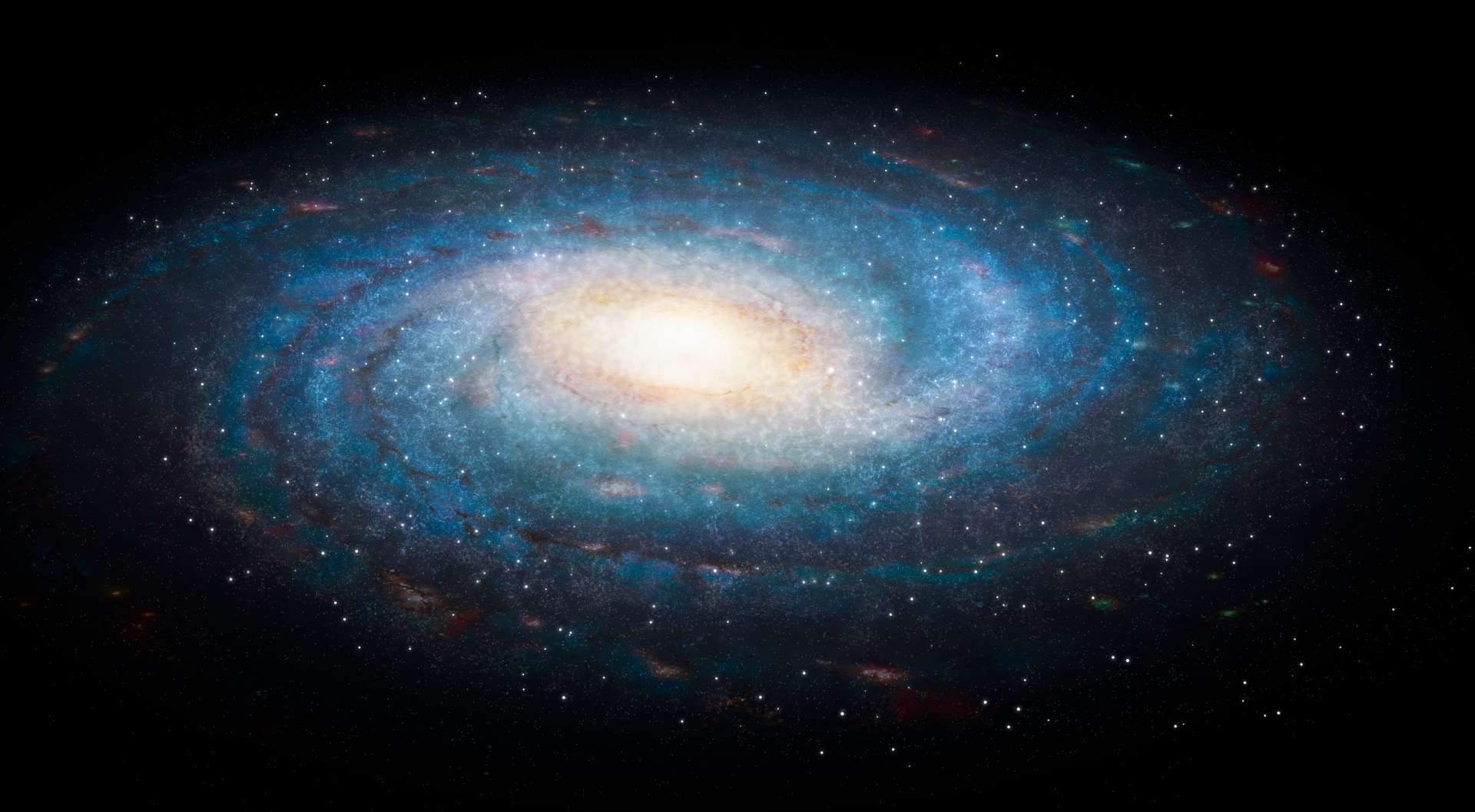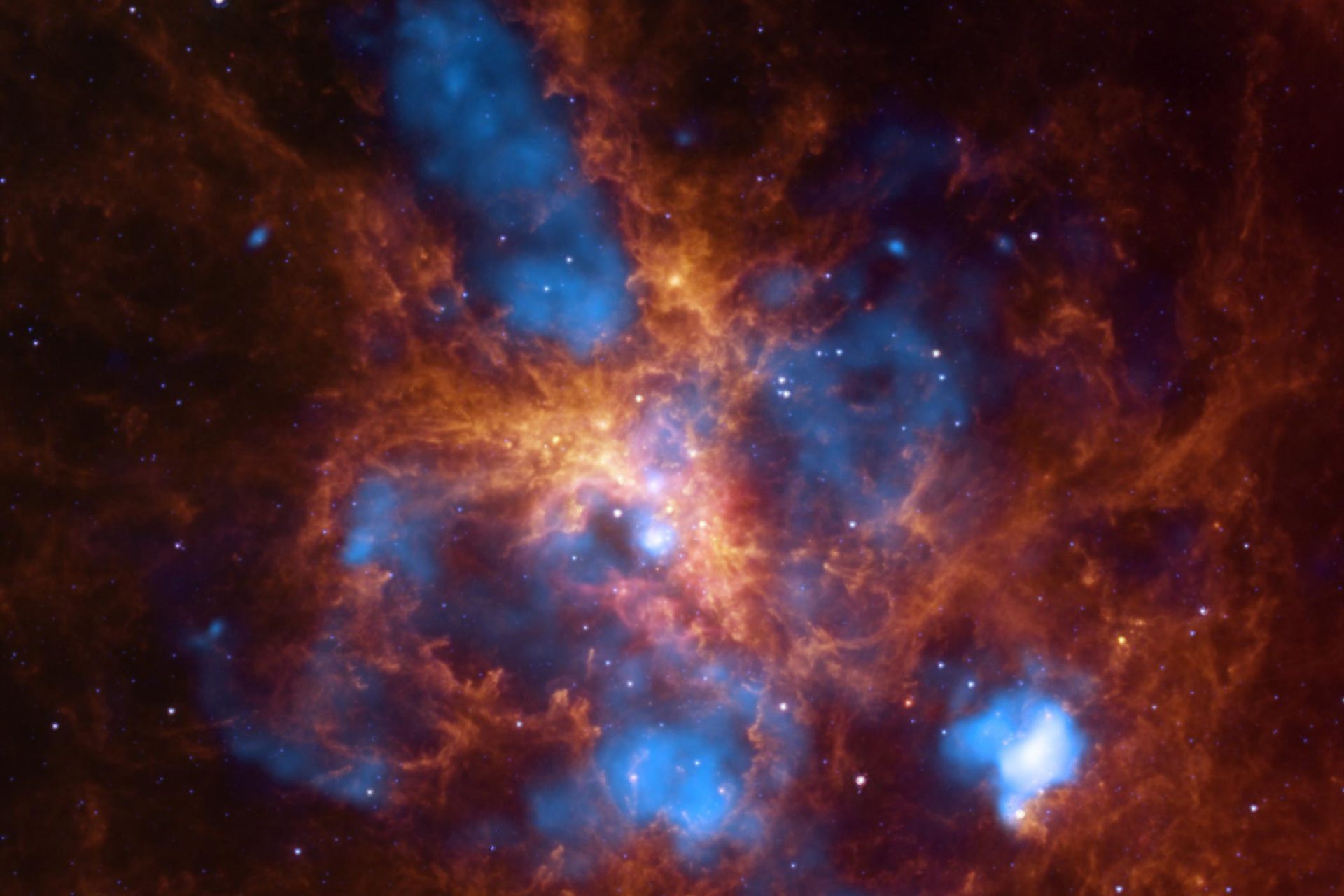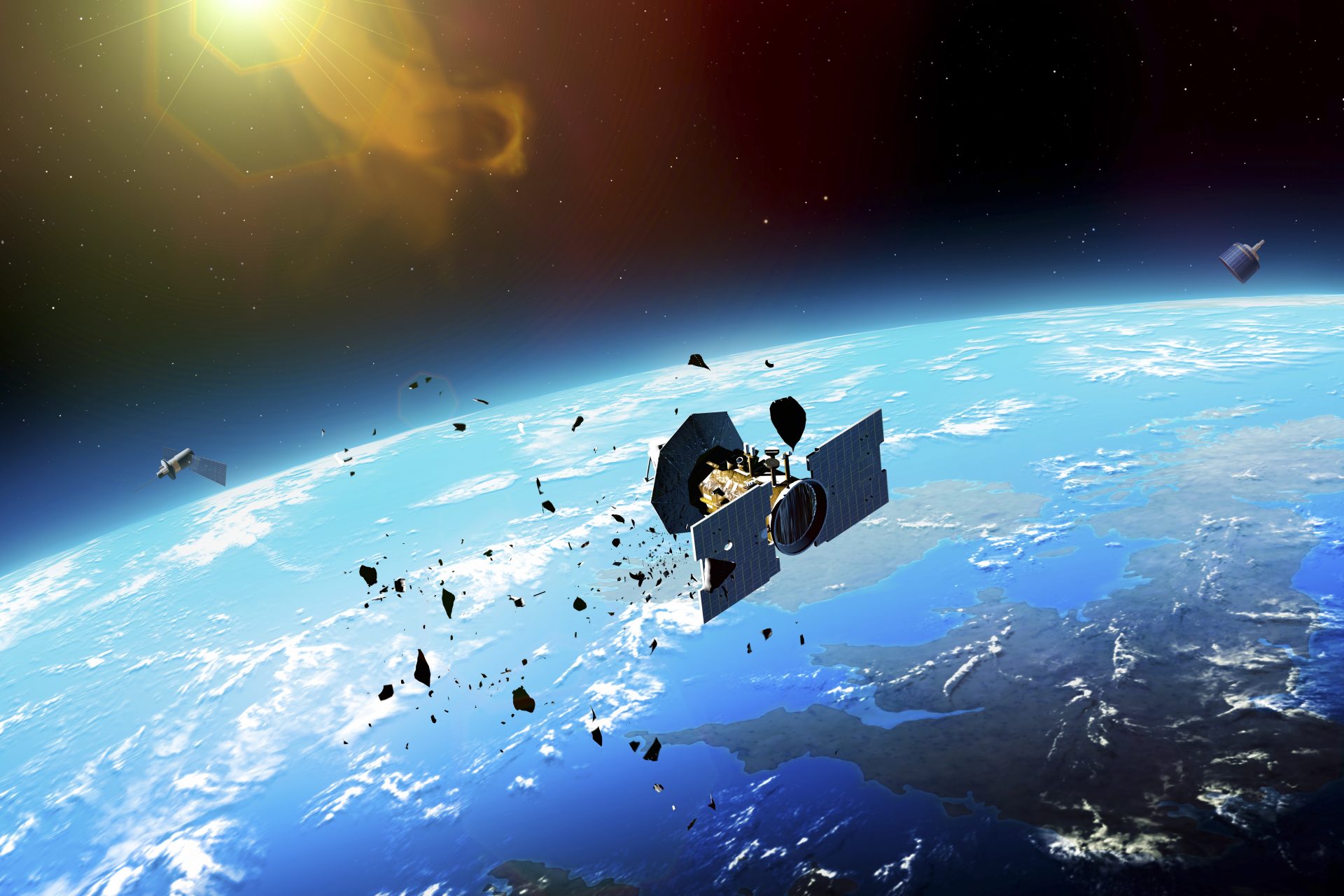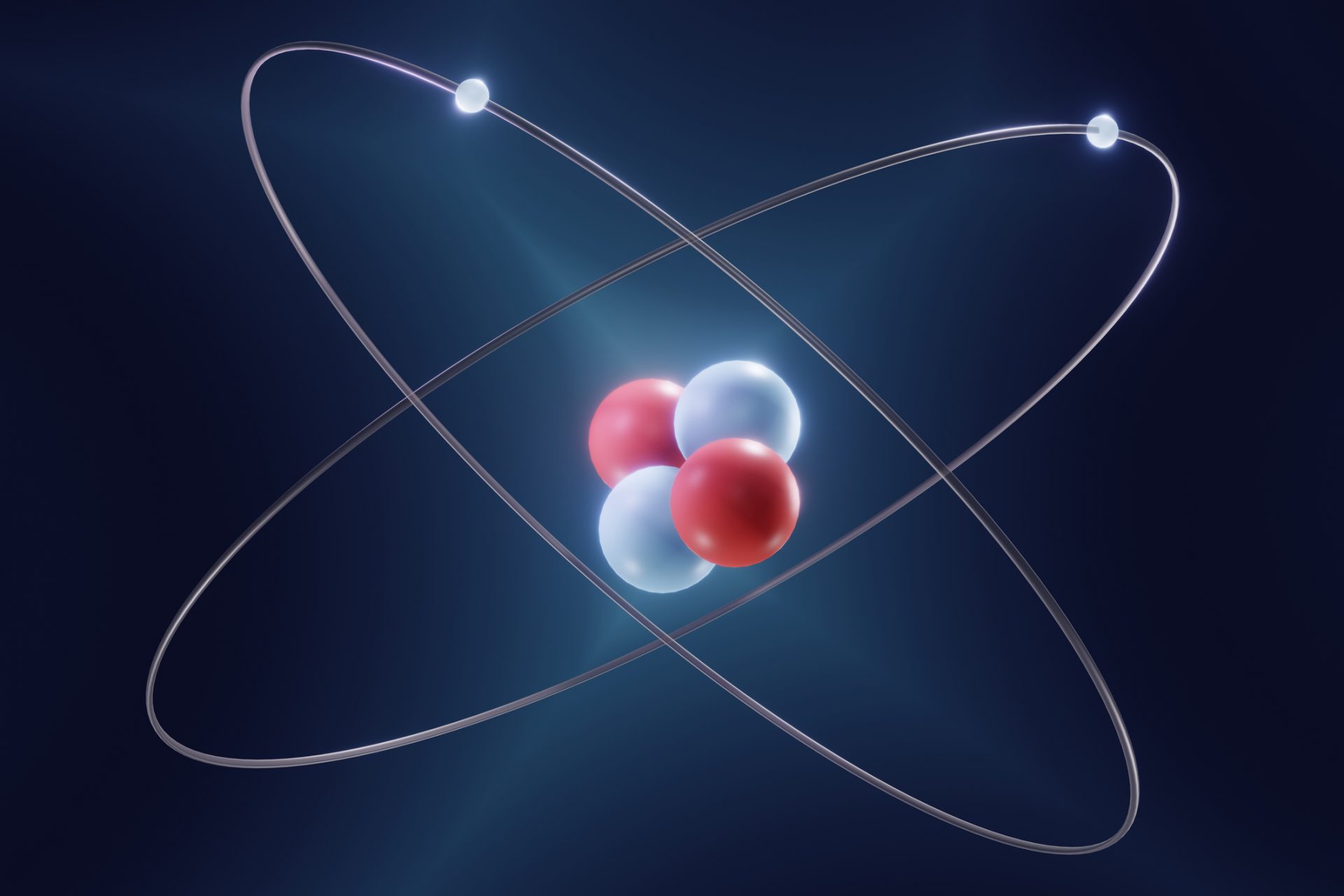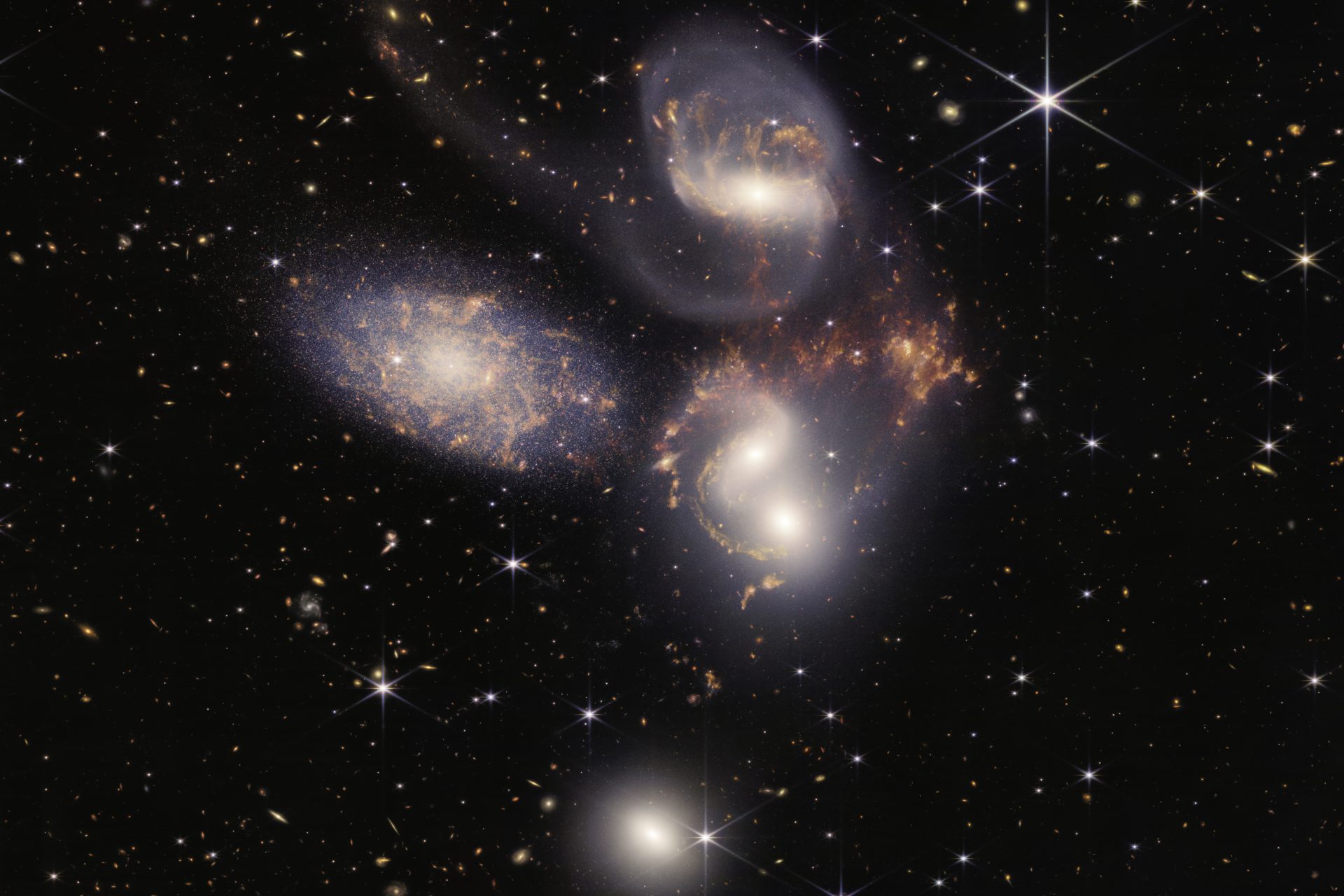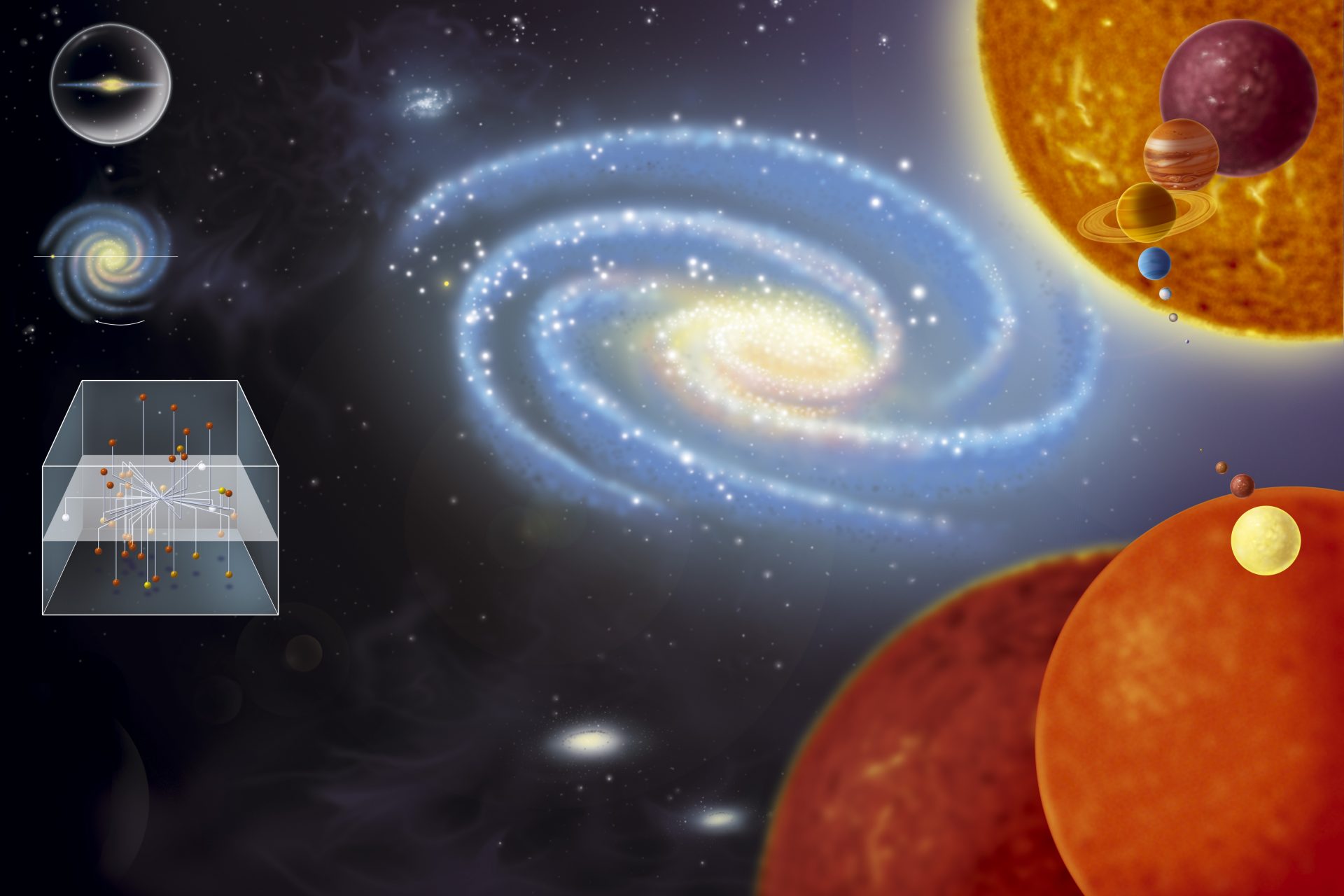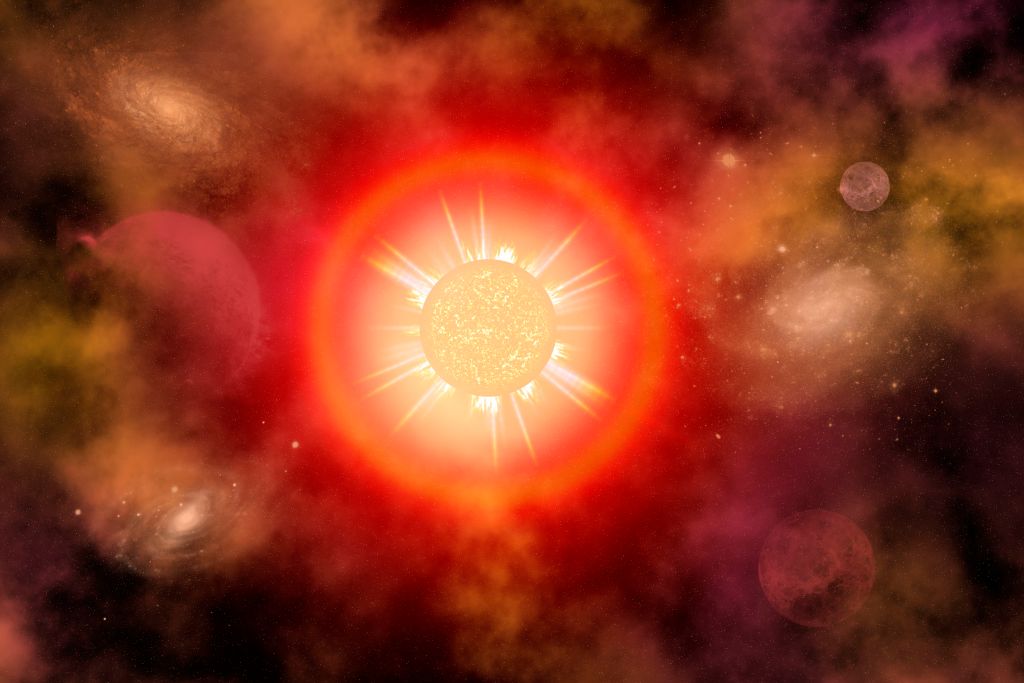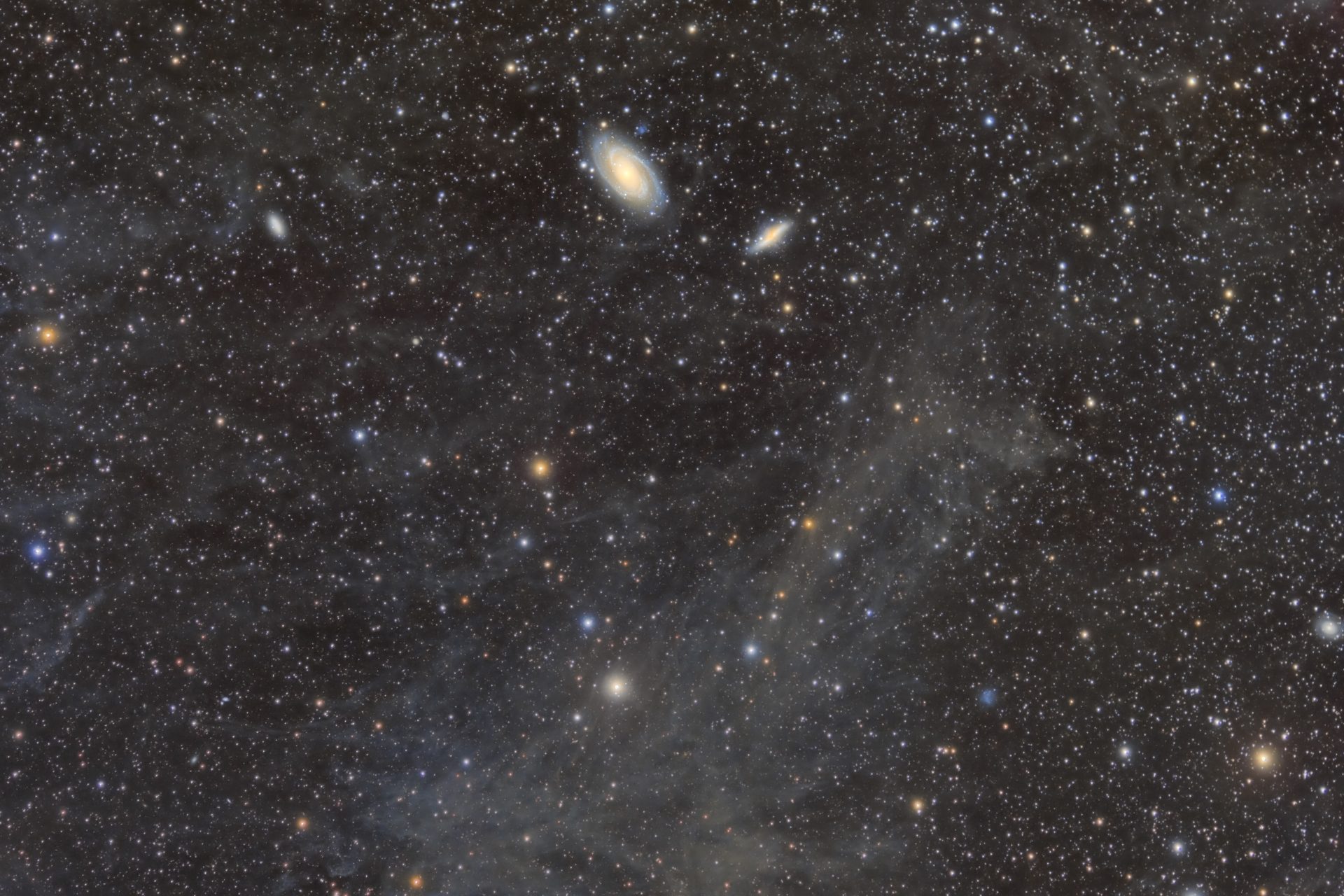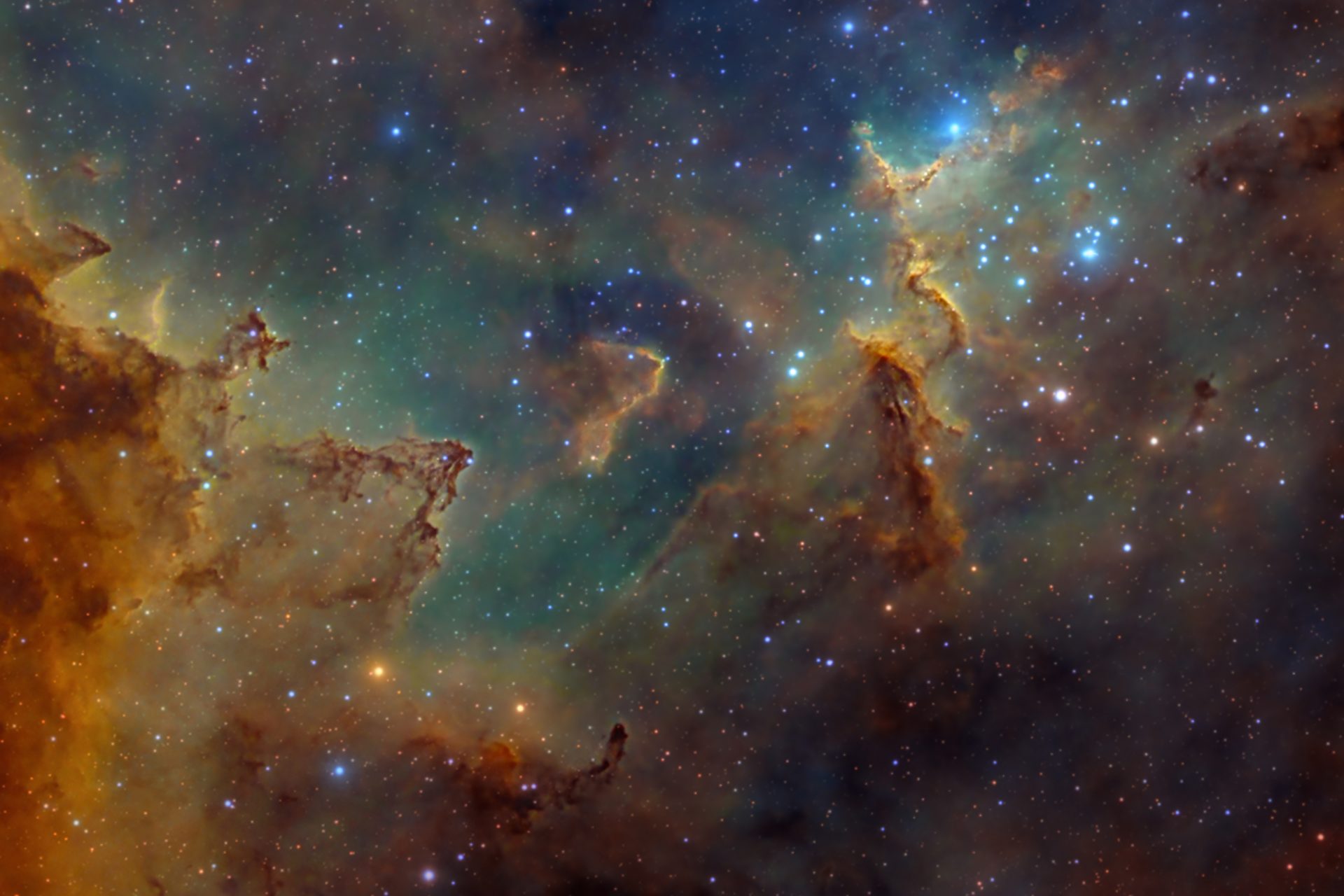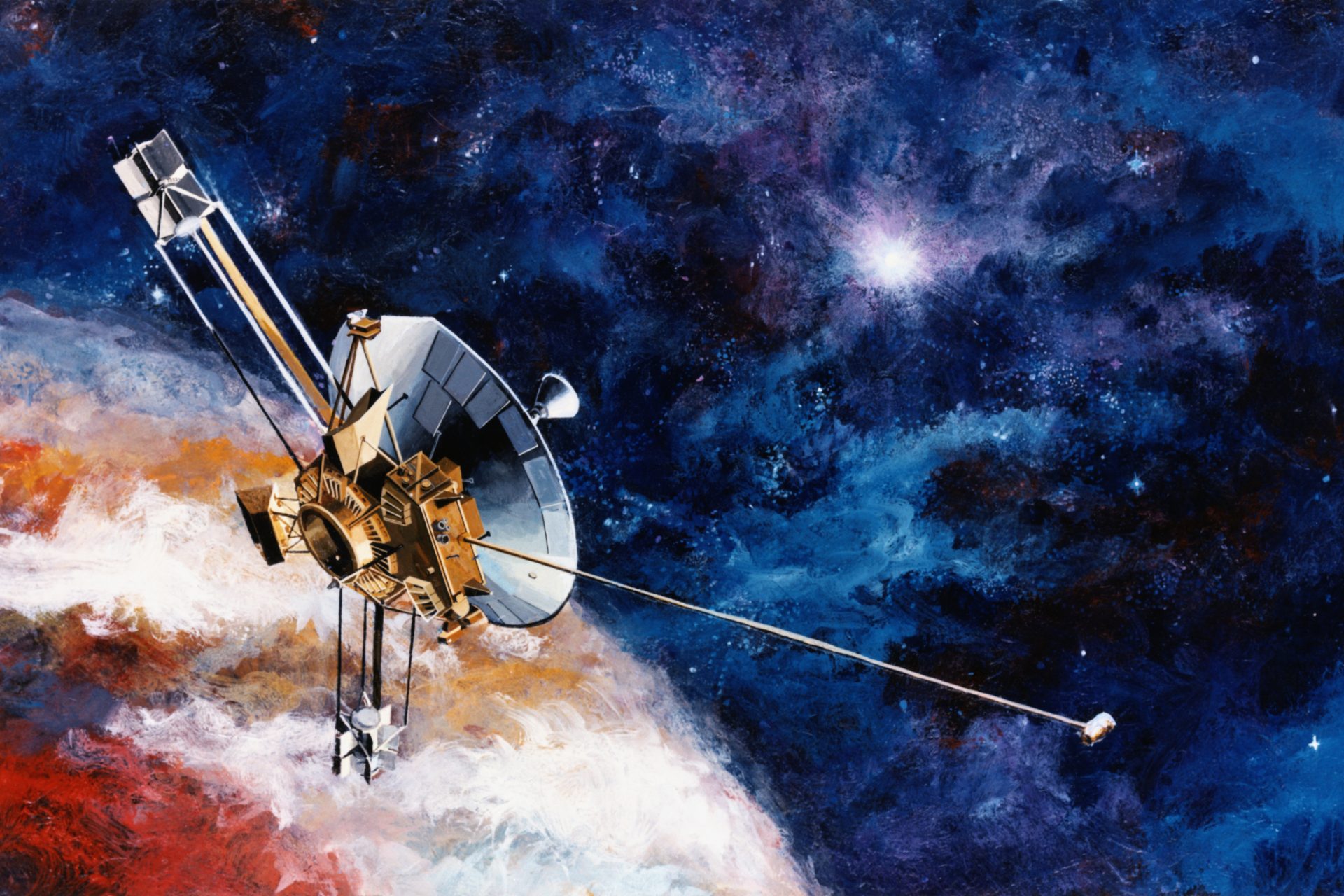Scientists revealed a new mystery about atoms inside your body
The human body is made up of an unfathomable number of atoms. Scientists think that there are approximately 7 billion billion billion atoms in the average human according to some research. However, that isn’t the most interesting part.
New research has revealed the incomprehensible number of atoms that are inside each and every human that likely spent millions of years circling outside of the Milky Way galaxy on a kind of cosmic conveyor belt before they eventually came to form you.
Live Science noted that most elements in the universe were created in stars, except for a few things like hydrogen, helium, and some other exceptions. This happens in one of two ways: nuclear fusion in star cores or via stellar explosions known as supernovas.
“These explosions also disperse the newly forged materials into interstellar space,” Live Science’s Harry Barker explained. Matter forms giant clouds that either condense into a new star or the celestial bodies and objects that surround those stars.
Researchers used to believe the matter expelled by exploding stars would drift into space before it reformed into something new. However, in 2011, it was discovered that heavier elements can get caught up in what Barker called giant cosmic currents.
These giant cosmic currents are known as the circumgalactic medium and elements like oxygen, iron, and other heavier matter were found to get tangled up in them before they eventually brought them back to their home galaxy or somewhere else in space.
“Think of the circumgalactic medium as a giant train station: It is constantly pushing material out and pulling it back in,” explained Samantha Garza, a doctoral candidate at the University of Washington and a member of the team that made the discovery, said in a statement.
“The heavy elements that stars make get pushed out of their host galaxy and into the circumgalactic medium through their explosive supernovae deaths, where they can eventually get pulled back in and continue the cycle of star and planet formation,” Garza added.
It seems difficult to wrap your head around, but the discovery revealed that an exploding star could see the matter it ejected into the universe before making its way back to the place where it began its journey, and this is exactly what happened to the Milky Way.
A study published in the Astrophysical Journal Letters in December 2024 proved for the first time that carbon atoms can be recycled on the same giant cosmic currents as other elements, which means the atoms inside of you could be extremely, extremely old.
“We can now confirm that the circumgalactic medium acts like a giant reservoir for both carbon and oxygen,” said Garza. “And, at least in star-forming galaxies, we suggest that this material then falls back onto the galaxy to continue the recycling process.”
“If you can keep the cycle going — pushing material out and pulling it back in — then theoretically you have enough fuel to keep star formation going,” Garza continued.
Barker explained that scientists previously thought that this was very unlikely because they believed carbon atoms were too light to get expelled from the galaxy. However, it appears to not only be possible but also very likely carbon atoms traversed the cosmos.
“The implications for galaxy evolution, and for the nature of the reservoir of carbon available to galaxies for forming new stars, are exciting,” explained study co-author Jessica Werk, who is Chair of the Department of Astronomy at the University of Washington.
“The same carbon in our bodies most likely spent a significant amount of time outside of the galaxy!” Werk added, which is an exciting idea.
“Scientists previously assumed this was unlikely, believing that carbon atoms are too light to be expelled from the galaxy,” Werk added. The discovery pushes the boundaries of our knowledge when it comes to the deep intricacies of how galaxies form, and die.
More for you
Top Stories




